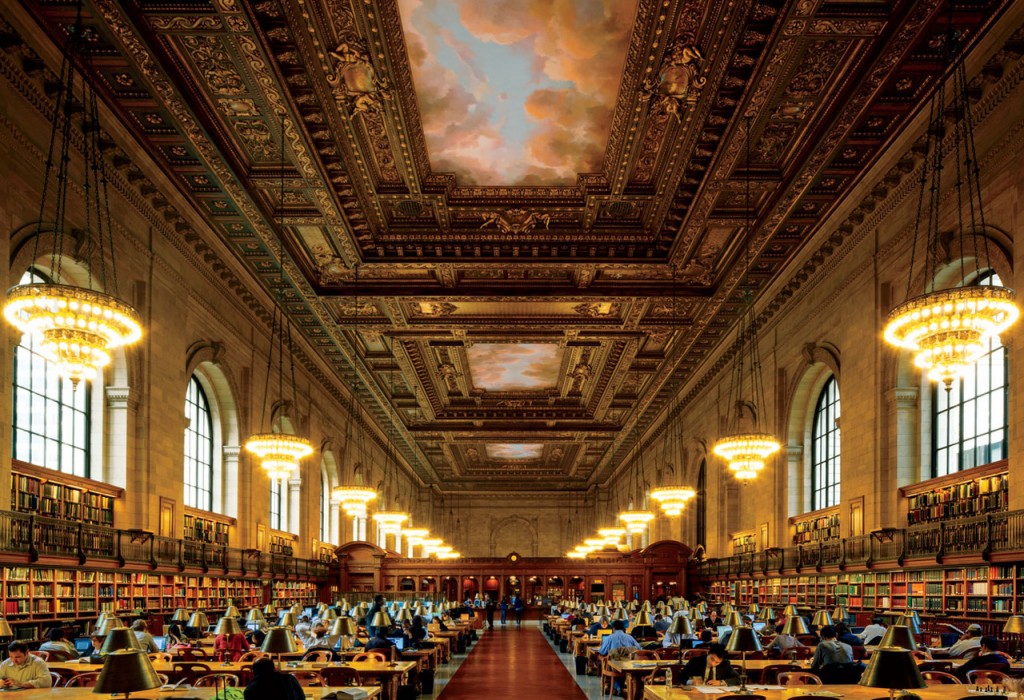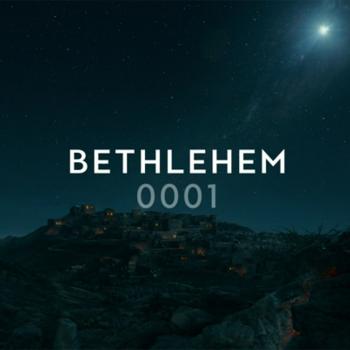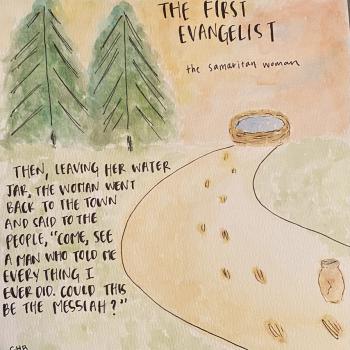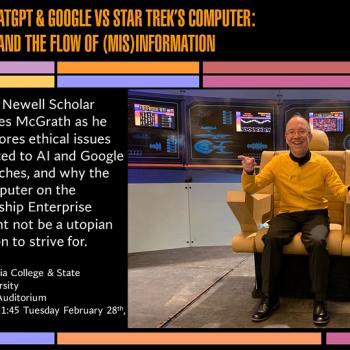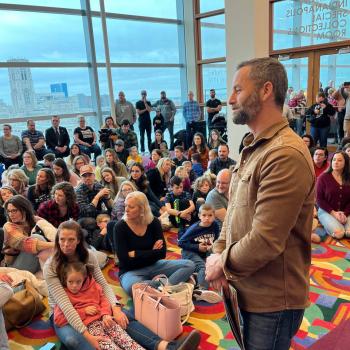I have been in a couple of libraries recently, and have been struck over and over again by the idea that they ought to be renamed “cathedrals of learning.” They are a kind of sacred space, which accomplish something not just by providing particular services or materials, but by being a quiet place set apart from the hustle and bustle around them, where we can think, meditate, and reflect.
And so I felt I had to share Jeremy Smith’s blog post about churches finding their place in the world today much as libraries have. Here are his five points of parallel. First, about libraries:
Medium recently had an article about the expansion of the Oxford Library in England. It seems they found five qualities that have kept traffic high in the library from students and the public alike.
-
A refuge for silence: libraries have a reputation for being quiet places, so much of the architecture of the new Oxford Library encourages silent reading or studying that would not be found outside, in coffee shops with canned music, or dormitory study halls.
-
Amenities for sustained engagement: the new Oxford Library has a coffeeshop and other amenities to allow for all-day study and allowing people to really camp out and dig deep into the reading or study.
-
Themed, not named, exhibits: it used to be that exhibits were about an author or genre, but increasingly Oxford has looked at a theme or subject through multiple disciplines (their first is on “genius“). The interdisciplinary approach draws people from multiple passions together.
-
Group contact with original sources: the big libraries like Oxford have original documents that scholars can examine–but Oxford takes it a step further and allows larger groups to handle and examine the source material in ways that inspire collective learning rather than individual study. Rather than a “supermarket for books,” they become “laboratories for creative engagement.”
-
Research questions beyond Google’s ability: Google is great for questions that people frequently ask, but what about the niches or novel questions? It takes a human touch and having scholars and experts on-site with the source material allows for faster answers than even Google’s supercomputer networks can provide. At least, for the moment.
And then, about churches:
-
Silent Disengagement: As we see phones and now watches become more ingrained in our lifestyles, what is a time of disengagement in the Church? While the humorous answer is that most church’s technology is circa 1998, what about intentional ways to help people unplug? Or to use technology in a way that allows it but people don’t feel the need to wander down the technology rabbit holes?
-
Sustained Engagement: My church is a commuter church, so people tend to hang around between events so they don’t have to drive home. Are there offline or perpetual places where people can sit and chat or just be between events? If so, how do they encourage spiritual discussions rather than just sports conversations?
-
Themed discussion: Sermon series are easily themed discussion because they hit on a topic from multiple angles–and often multiple preachers. But what about the education and roundtable discussions: how could they be more thematic than author/topic-driven?
-
Engagement with the Deep: What are original sources? Are we talking only the Vatican library? Could churches be the primary organizers of pilgrimages to holy lands alongside fellow folks? Are we regularly offering connection with the deep “thin places” that Merton suggests are important?
-
What can they not google? People’s faith stories can’t be googled–they can only be known in the sharing of coffee or the breaking of bread together. By offering interactions for faith-sharing, the Church can offer something beyond the scope of Google and beyond the surface-level of Facebook.
What do you think of the parallels? What can be learned from them? Where, if at all, are there significant differences in the ways that libraries and churches need to adapt to the present day?
Let me conclude with a photo from the New York Public Library:
